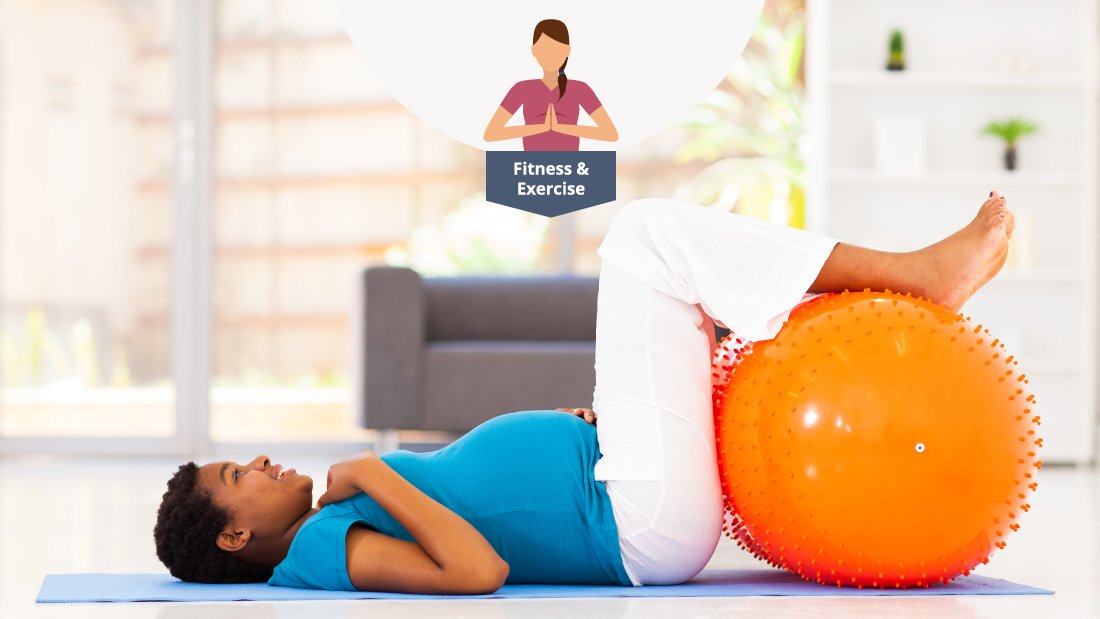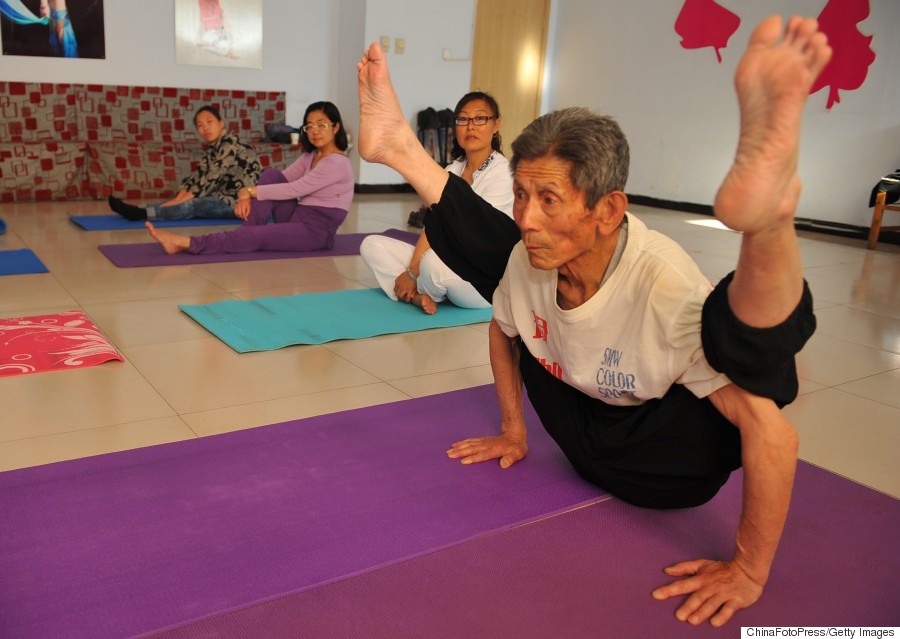
Yoga exercise offers many benefits, including weight reduction and restoration of mental health. However, not all types of yoga exercise are the same. Some are gentle and relaxing, others more intense. Some yoga classes include an aerobic workout. You should check with the instructor to see how vigorous your yoga class will be before signing up.
Yoga exercises that are intense
When deciding on the intensity of your yoga practice, there are many things to take into consideration. Yoga is usually considered a low-intensity activity. However, there are some asanas that can be high-intensity. Sun Salutations (Surya Namaskar), for example, can be considered a moderate to vigorous exercise. Yoga practitioners are allowed to perform asana sequences that have MET intensities greater then three according to the ACSM/AHA guidelines. These sequences can all be done throughout the day.
While yoga doesn't raise the heart rate as much as an hour-long aerobic workout, it still has significant benefits for cardiovascular health. There are many yoga poses that can help you reach your goals, whether you are looking to lose weight or improve flexibility.

Yoga can help you lose weight
Yoga exercise is beneficial for people who are trying to lose weight for several reasons. It helps you improve your body, tone muscles and promotes mental well being. It helps to relax and relieve stress. One study published in Preventive Medicine showed that yoga-practicing people had a lower ratio of hips to waist than those who did not.
Yoga can be a great exercise for both beginners and experienced. Most yoga styles involve some type of muscle strengthening. You should pair it with aerobic exercise. For example, many sportspersons practice yoga alongside their other activities. Yoga can help you lose weight and overcome binging. Yoga practice should be continued for several months by beginners before they see any noticeable results.
One study showed that yoga exercises could reduce anxiety levels and depression. This may be because yoga reduces stress. Yoga also increases the amount of GABA in the brain, which is a hormone associated with happiness. It increases immunity and lowers the chance of developing cardiovascular disease. Yoga can be used to help those with chronic conditions, such as diabetes and high blood sugar, reduce the medication they require. Yoga could reduce the risks of these conditions and improve their quality-of-life by attacking their root causes.
Impact of yoga on mental health
Yoga can improve your mental health in many different ways. It can help people improve their self-efficacy. This is the ability to face life's challenges. It counteracts the lethargy and agitation that can be associated with anxiety or depression. It can also improve the ability to engage in social and workplace relationships. Yoga practice can reduce anxiety and depression, as well as make people feel closer to their loved ones, friends, and coworkers.

The positive effects of yoga on mental wellbeing are being supported by increasing research. A recent study conducted on 52 women found that yoga improved anxiety and depressive symptoms after only twelve sessions. It also helped those with mental health issues such as schizophrenia, bipolar disorder, and post-traumatic stress disorder reduce their symptoms. The greater the benefits of yoga, the more people do it.
FAQ
Are there yoga classes available for people with disabilities?
Yes, there are yoga studios that offer classes specifically for people with disabilities. These include:
-
Physically challenged individuals who want to improve their posture
-
People with limited mobility
-
Individuals living with arthritis
-
Recovering from injuries
-
The elderly
You can encourage someone you know to take these classes.
What's the difference between pilates and yoga?
Both pilates and yoga are great workout programs, but they have different methods. Both are based around stretching, but yoga is more focused on challenging your core muscles to build strength.
Pilates emphasizes strengthening your core muscles and improving your balance. You can also use yoga to supplement pilates classes.
Can I do Yoga every day, even as a beginner?
Yoga is a great way to stretch and strengthen your body. It is also a great way to relax and release stress. It doesn't take a lot of knowledge to begin practicing yoga. Beginners should practice yoga for 20 minutes three times per week.
This is enough time for you to get started. Then, you can slowly increase the amount of time you practice.
How long does it take to learn yoga?
As with any skill, you must train your brain to perform yoga correctly. After you learn the basic poses, you'll be ready to start practicing yoga at home.
To start, complete about 20-30 minutes of warm-ups before beginning your class. You can then spend 5-10 min warming up by doing simple stretches. Move on to more challenging poses.
Once you've learned the basics, intermediate classes are available where you'll be able to learn more advanced moves. For example, if you're learning yoga for the first time, you might start with standing poses like the Tree (Vrksasana) and Mountain (Tadasana).
What kind of music is played in a yoga studio?
Many yoga studios play soft instrumental music during class. This is meant to provide a serene environment that encourages learning.
Others prefer upbeat music such as hip hop, jazz, and rock.
Be mindful of the music you listen too. Music can sometimes distract from our practice.
Are yoga mats necessary?
Not necessarily. Many studios provide mats that students can use. These mats can be easily cleaned and made of rubber.
You could also opt to buy your mat. A mat of good quality will last for several years.
Are 20 minutes of yoga a day enough?
Yoga should not just be exercise. It is a time to reflect on your life and how you live it.
My friend had been practicing yoga for many years and introduced me to it a few years ago. He explained to me that he did 20 minutes of yoga each morning which made him feel calmer during the rest of the day.
I decided to try it and found that it made a difference in my overall well-being. Since then, I continue to practice yoga and find it helps me focus and relax when I'm at work.
Finding what works for you is key, as well as setting realistic goals. If yoga isn't helping you reach your goals, it doesn't mean that you have to do it every day.
Statistics
- The American Psychological Association recently shared that 84% of American adults feel the impact of prolonged stress (5). (healthline.com)
- In comparison, a 125-pound person is estimated to burn 135 calories in 30 minutes of walking (at a pace of 15-minute miles) and 210 calories bicycling at a moderate pace on a stationary bike. (everydayhealth.com)
- Gentle yoga has been shown to ease some of the discomforts of tender, swollen joints for people with arthritis, according to a Johns Hopkins review of 11 recent studies. (hopkinsmedicine.org)
- Lock in 25% off your Founding Member rate. (corepoweryoga.com)
- Start your Fall off right with 20% off All Access Membership when you sign up by 9/25! (corepoweryoga.com)
External Links
How To
What is your ideal position for practicing yoga?
There are many ways to practice yoga. Each person has their style. You only need to know which positions feel comfortable for you.
Here are some examples of common postures:
Standing poses - Standing poses are suitable for beginners because they allow you to see how your body looks from different angles. They also make it easier to focus on breathing.
Forward bends- Forward bends can often be used to release tight areas. These can be done while you are sitting or lying down.
Backbends-Backbends are generally considered advanced poses. Instructors can help you decide if this is a pose you would like to try.
Inversions - Inversions are poses that require you to balance yourself upside down. This type of yoga is challenging, but it can be rewarding.